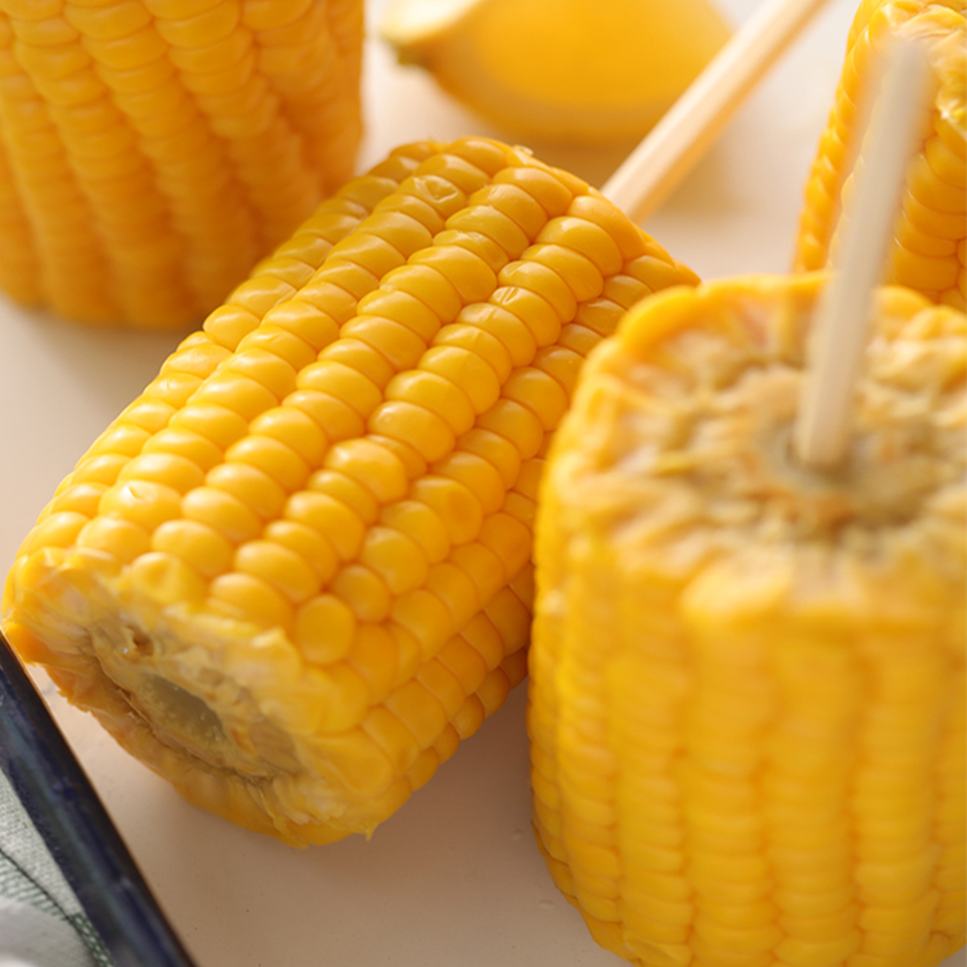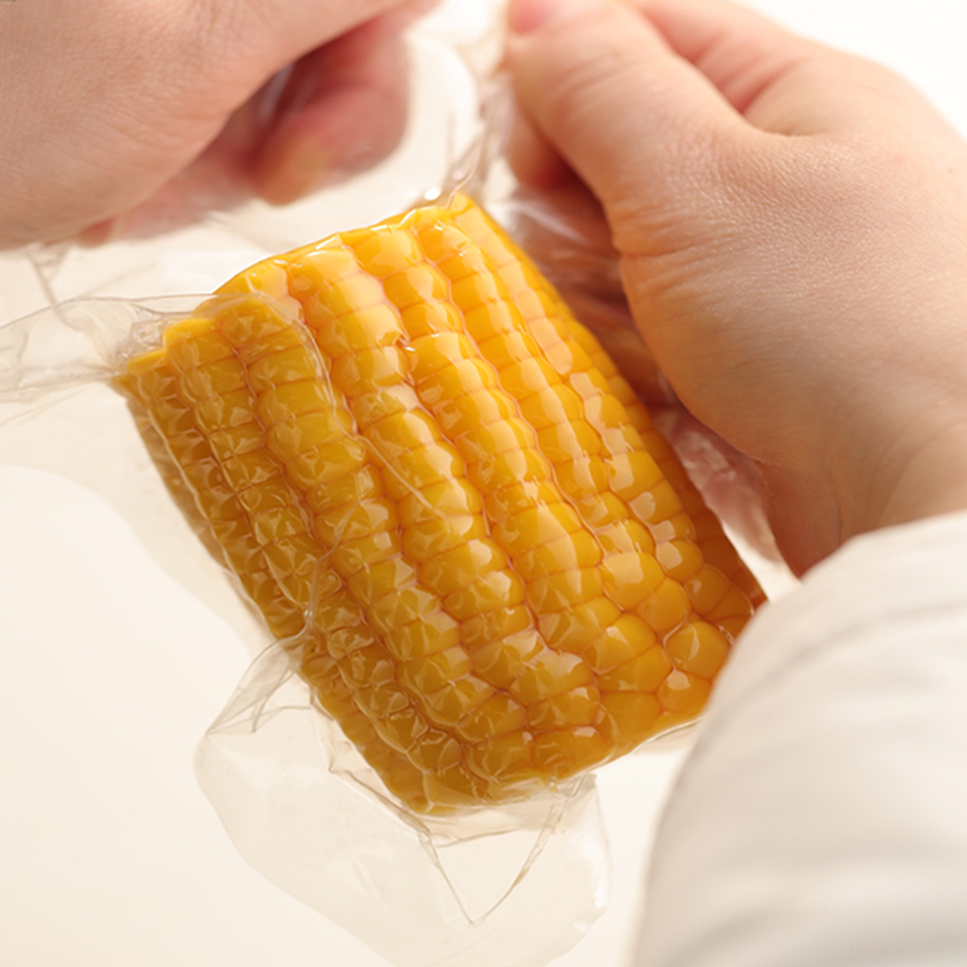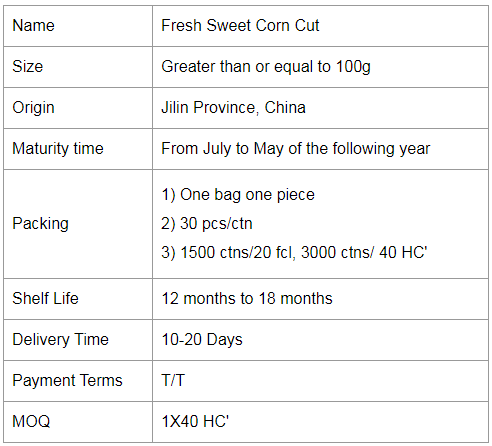Use the blood glucose meter well away from complications
2021-05-04 15:02:56
How to use the blood glucose meter:
What is the use of a blood glucose meter? Do you know how to use the blood glucose meter? Below zgtnw. Com introduces "How to use the blood glucose meter":
Now that many people with diabetes have purchased portable blood glucose meters, what should be paid attention to in selecting blood glucose meters? How to use the blood glucose meter correctly?
1. How to save blood glucose test strips?
Blood glucose test strips are required to be dry, at +10 degrees and +40 degrees. Don't put it in the bathroom or kitchen, and don't put it in the refrigerator. These places are very easy to get wet. If it has been placed in the refrigerator, the sealed test tube must be warmed slowly at room temperature until it reaches room temperature. Do not remove the test paper before the test tube reaches the room temperature to prevent condensed water from forming in the test tube. Patients living in some relatively humid places (such as the South) should pay attention to: Each time a piece of test paper is taken out, the tight end of the test tube must be tightly closed to prevent the test paper from getting damp; open a new test paper as much as possible within three months; If possible, try to buy individually wrapped blood glucose test strips.
2. Why are the blood glucose levels measured by blood and venous blood likely to differ? How should I treat it?
The hospital's biochemical analyzer has relatively strict procedures and quality control standards for testing venous blood glucose, which is relatively accurate. Diagnosing diabetes is based on venous blood glucose. Blood glucose measured by a portable glucose meter cannot be used as a basis for diagnosing diabetes. Because the accuracy of the blood glucose meter is affected by temperature, humidity, and its own stability and sensitivity, the measured blood glucose level may be different from the venous plasma glucose measured by the biochemical analyzer. Some blood glucose meters fluctuate greatly. Taking the blood glucose meter to the hospital and comparing it with a biochemical test is a method that can be combined with the test procedure of the glucometer (see point 5); glycated hemoglobin can be checked from February to March and the glycemic control can be evaluated to minimize possible errors. .
3. Do you need to sterilize when you measure blood? How to disinfect?
Finger skin preparation before testing It is recommended that you wash your fingers with warm water and soap, or disinfect with an alcohol swab, either way. The American Diabetes Association recommends washing hands with soap and running water as a means of preparing blood before blood sugar is measured. But no matter which method must be remembered: fingers must be taken in the dry state of blood, that is, warm water and liquid soap to dry after cleaning fingers, alcohol disinfection and other alcohol completely volatile and then punctured with a blood collection pen Fingers, to ensure the accuracy of the measurement.
It should be emphasized that it is not appropriate to use iodine-containing disinfectants (such as iodophors and iodine) to disinfect the skin. Glucose oxidase principle of blood glucose monitoring system (including electrode and photochemical principle of blood glucose meter), iodine, iodine in the iodophor can react with the enzyme in the blood glucose test strip, resulting in errors. This is because: The electrode method principle of the blood glucose meter is when the whole blood drops into the reaction zone of the test strip. The blood glucose in the sample reacts with the chemical substrate (enzyme) to generate a current. The blood sugar is calculated by detecting the intensity of the current. content. Iodine and enzymes can also react, thereby interfering with the value of the current, causing blood glucose to fluctuate. The photochemical principle of the blood glucose meter responds to the blood glucose level by detecting the color change of the test strip during the reaction. The iodine can interfere with the color change through the above chemical reaction and its own color, thereby affecting the accuracy of the blood glucose level.
4. What should you watch out for when testing your blood glucose meter?
1 as far as possible at room temperature;
2 Avoid placing the instrument near electromagnetic fields (such as mobile phones, microwave ovens, etc.);
3 The amount of blood collected should not be too much or too little (especially photochemical blood glucose meters).
5. What should you pay attention to when taking blood?
It is painful if the blood point is selected in the middle of the finger. It is generally recommended that the blood point is on the lateral side of the finger, where the nerve distribution is less than the middle of the finger and the pain is lighter. But don't get too close to the edge of your nails. The blood point can be selected in rotation with ten fingers, and most people choose the remaining eight fingers except the thumb. Before washing the blood, wash your hands with warm water and hang your arms to fill the blood vessels of your fingers and easily collect blood. After taking the blood pen to pierce the finger, squeeze the blood from the fingertip to the fingertip (blood collection point) with light force. Do not squeeze the blood with force. Otherwise, the extruded plasma and tissue fluid account for a large proportion and affect the accuracy. What if I don't get bleeding or have less blood? May be related to the following reasons: 1 peripheral (finger) cycle is poor, you can take warm water to wash your hands, vertical arms and so on. 2 The depth of blood collection is not enough. The blood collection pen has different scales. It is necessary to know which scale it is suitable for when taking blood and then “startâ€. 3 The technique of crowding blood did not grasp. In addition to the above-mentioned "light force", the force of the squeezed blood should be at least 0.5 cm above the blood collection point. When the blood is squeezed, the skin at the bleeding point can be seen to be congested. If the blood is squeezed too close to the bleeding point, the blood vessels are "squashed". How can the blood be squeezed out?
6. How should the patient maintain and clean the blood glucose meter?
The blood glucose meter should be placed in a dry and clean place, and it can be stored at normal room temperature. Avoid dropping, watering, and letting children and pets touch and play. Blood glucose meter allows working temperature is 10 to 40 degrees Celsius, humidity is 20% to 80%, too cold, too hot, too wet will affect its accuracy. When testing blood glucose, it is inevitably contaminated by dust, fibers, and debris in the environment. In particular, the blood that is accidentally applied to the test will affect the test results. Therefore, the machine must be regularly cleaned and maintained to remove blood stains and cloth. Chips, dust. When cleaning, wipe with a soft cloth and clean water. Do not use detergent to clean or infiltrate water into the blood glucose meter. Do not immerse the blood glucose meter in water or rinse it with water to prevent damage. Care must be taken when cleaning the test area. Do not use organic solvents such as alcohol when wiping to avoid damaging the optics. Care should be taken to store the test strip in a cool, dry place. Do not touch the test area of ​​the test strip and note its expiration date each time it is used.
7. What should I pay attention to when purchasing a blood glucose meter?
First of all, we should understand the types of blood glucose meters. Blood glucose meters are divided into two major categories based on their working principles: photochemistry and electrode methods. Photochemical blood glucose meter stability, accuracy is good; electrode blood glucose meter due to the different electrode material, built-in correction system differences, the price and accuracy, stability, there are great differences, such blood glucose meter needs less blood, test The result is fast (several seconds). Second, we should pay attention to the cost performance, including the price of the test strip. Third, we should pay attention to after-sales service, test strips are easier to buy. Fourth, buy a blood glucose meter should carefully read the instruction manual, pay attention to understand the characteristics of the instrument and special requirements, if there is any doubt in the test process, should communicate with professionals in a timely manner.
What is the use of a blood glucose meter? Do you know how to use the blood glucose meter? Below zgtnw. Com introduces "How to use the blood glucose meter":
Now that many people with diabetes have purchased portable blood glucose meters, what should be paid attention to in selecting blood glucose meters? How to use the blood glucose meter correctly?
1. How to save blood glucose test strips?
Blood glucose test strips are required to be dry, at +10 degrees and +40 degrees. Don't put it in the bathroom or kitchen, and don't put it in the refrigerator. These places are very easy to get wet. If it has been placed in the refrigerator, the sealed test tube must be warmed slowly at room temperature until it reaches room temperature. Do not remove the test paper before the test tube reaches the room temperature to prevent condensed water from forming in the test tube. Patients living in some relatively humid places (such as the South) should pay attention to: Each time a piece of test paper is taken out, the tight end of the test tube must be tightly closed to prevent the test paper from getting damp; open a new test paper as much as possible within three months; If possible, try to buy individually wrapped blood glucose test strips.
2. Why are the blood glucose levels measured by blood and venous blood likely to differ? How should I treat it?
The hospital's biochemical analyzer has relatively strict procedures and quality control standards for testing venous blood glucose, which is relatively accurate. Diagnosing diabetes is based on venous blood glucose. Blood glucose measured by a portable glucose meter cannot be used as a basis for diagnosing diabetes. Because the accuracy of the blood glucose meter is affected by temperature, humidity, and its own stability and sensitivity, the measured blood glucose level may be different from the venous plasma glucose measured by the biochemical analyzer. Some blood glucose meters fluctuate greatly. Taking the blood glucose meter to the hospital and comparing it with a biochemical test is a method that can be combined with the test procedure of the glucometer (see point 5); glycated hemoglobin can be checked from February to March and the glycemic control can be evaluated to minimize possible errors. .
3. Do you need to sterilize when you measure blood? How to disinfect?
Finger skin preparation before testing It is recommended that you wash your fingers with warm water and soap, or disinfect with an alcohol swab, either way. The American Diabetes Association recommends washing hands with soap and running water as a means of preparing blood before blood sugar is measured. But no matter which method must be remembered: fingers must be taken in the dry state of blood, that is, warm water and liquid soap to dry after cleaning fingers, alcohol disinfection and other alcohol completely volatile and then punctured with a blood collection pen Fingers, to ensure the accuracy of the measurement.
It should be emphasized that it is not appropriate to use iodine-containing disinfectants (such as iodophors and iodine) to disinfect the skin. Glucose oxidase principle of blood glucose monitoring system (including electrode and photochemical principle of blood glucose meter), iodine, iodine in the iodophor can react with the enzyme in the blood glucose test strip, resulting in errors. This is because: The electrode method principle of the blood glucose meter is when the whole blood drops into the reaction zone of the test strip. The blood glucose in the sample reacts with the chemical substrate (enzyme) to generate a current. The blood sugar is calculated by detecting the intensity of the current. content. Iodine and enzymes can also react, thereby interfering with the value of the current, causing blood glucose to fluctuate. The photochemical principle of the blood glucose meter responds to the blood glucose level by detecting the color change of the test strip during the reaction. The iodine can interfere with the color change through the above chemical reaction and its own color, thereby affecting the accuracy of the blood glucose level.
4. What should you watch out for when testing your blood glucose meter?
1 as far as possible at room temperature;
2 Avoid placing the instrument near electromagnetic fields (such as mobile phones, microwave ovens, etc.);
3 The amount of blood collected should not be too much or too little (especially photochemical blood glucose meters).
5. What should you pay attention to when taking blood?
It is painful if the blood point is selected in the middle of the finger. It is generally recommended that the blood point is on the lateral side of the finger, where the nerve distribution is less than the middle of the finger and the pain is lighter. But don't get too close to the edge of your nails. The blood point can be selected in rotation with ten fingers, and most people choose the remaining eight fingers except the thumb. Before washing the blood, wash your hands with warm water and hang your arms to fill the blood vessels of your fingers and easily collect blood. After taking the blood pen to pierce the finger, squeeze the blood from the fingertip to the fingertip (blood collection point) with light force. Do not squeeze the blood with force. Otherwise, the extruded plasma and tissue fluid account for a large proportion and affect the accuracy. What if I don't get bleeding or have less blood? May be related to the following reasons: 1 peripheral (finger) cycle is poor, you can take warm water to wash your hands, vertical arms and so on. 2 The depth of blood collection is not enough. The blood collection pen has different scales. It is necessary to know which scale it is suitable for when taking blood and then “startâ€. 3 The technique of crowding blood did not grasp. In addition to the above-mentioned "light force", the force of the squeezed blood should be at least 0.5 cm above the blood collection point. When the blood is squeezed, the skin at the bleeding point can be seen to be congested. If the blood is squeezed too close to the bleeding point, the blood vessels are "squashed". How can the blood be squeezed out?
6. How should the patient maintain and clean the blood glucose meter?
The blood glucose meter should be placed in a dry and clean place, and it can be stored at normal room temperature. Avoid dropping, watering, and letting children and pets touch and play. Blood glucose meter allows working temperature is 10 to 40 degrees Celsius, humidity is 20% to 80%, too cold, too hot, too wet will affect its accuracy. When testing blood glucose, it is inevitably contaminated by dust, fibers, and debris in the environment. In particular, the blood that is accidentally applied to the test will affect the test results. Therefore, the machine must be regularly cleaned and maintained to remove blood stains and cloth. Chips, dust. When cleaning, wipe with a soft cloth and clean water. Do not use detergent to clean or infiltrate water into the blood glucose meter. Do not immerse the blood glucose meter in water or rinse it with water to prevent damage. Care must be taken when cleaning the test area. Do not use organic solvents such as alcohol when wiping to avoid damaging the optics. Care should be taken to store the test strip in a cool, dry place. Do not touch the test area of ​​the test strip and note its expiration date each time it is used.
7. What should I pay attention to when purchasing a blood glucose meter?
First of all, we should understand the types of blood glucose meters. Blood glucose meters are divided into two major categories based on their working principles: photochemistry and electrode methods. Photochemical blood glucose meter stability, accuracy is good; electrode blood glucose meter due to the different electrode material, built-in correction system differences, the price and accuracy, stability, there are great differences, such blood glucose meter needs less blood, test The result is fast (several seconds). Second, we should pay attention to the cost performance, including the price of the test strip. Third, we should pay attention to after-sales service, test strips are easier to buy. Fourth, buy a blood glucose meter should carefully read the instruction manual, pay attention to understand the characteristics of the instrument and special requirements, if there is any doubt in the test process, should communicate with professionals in a timely manner.
Corn has a rich variety of genes, under the guidance of these genes, will produce different colors.Most of these maize varieties are the expression of some anthocyanins produced in the grain under photosynthesis, and different anthocyanins cause different colors.



If you have any questions, please leave a comment on this website or contact us using email.
Creamed Corn Cut,Sweet Corn Cut,Cream Sweet Corn Cut,Fruit Corn Cut
Jilin Province Argricultural Sister in Law Food Co., Ltd. , https://www.nscorn.com